
If you find our articles informative, please follow me to receive updates. It would be even better if you could also follow our ko-fi, where there are many more articles and tutorials that I believe would be very beneficial for you!
如果你觉得我们的文章有料,请关注我获得更新通知,
如果能同时关注我们的 ko-fi 就更好了,
那里有多得多的文章和教程! 相信能使您获益良多.
For collaboration and article reprint inquiries, please send an email to [email protected]
合作和文章转载 请发送邮件至 [email protected]
Editor's note:
Mog and Qi are two lecturers in design departments at universities, and this is a series of academic articles they have co-authored, which has now been updated to the fifth installment on our fanbox. While this series is not practical in nature, it is written very well, so I decided to share it on C-site. Perhaps this is not the typical style of content on C-site, but who says we can't do something different? If you also enjoy it, please don't hesitate to give it a like.
By: Mog, Qi
Before 2023, AIGC, or in specific, the general public's understanding of AI content generation, will still be within a narrow field. People have never stopped their efforts in AI content generation. We try to cite some contents in the fields of computer vision, animation, and even traditional painting to provide some context for the creation of AIGC.
(The content is not rigorous academic research. Welcome to point out any errors.)
"Mad copying" in Impressionism
The relationship between Impressionism painting and contemporary AI aesthetics can be approached from multiple aspects. First, Impressionist painters Monet and Van Gogh repeatedly depicted the same scene and subject matter, which can be seen as a process of exploration and expression. They constantly explored the details and color changes of the scene through repeated observation and depiction, thus creating paintings full of sensibility and emotion. Similarly, contemporary AI aesthetics projects like Midjourney also create visual experiences by selecting images in countless similar scenes. It analyzes a huge amount of images through machine learning algorithms to automatically filter out the most expressive and aesthetic images, thus creating unique
visual styles and effects.
Moreover, in the Industrial Revolution era, Impressionist painters advocated for the expression of sensibility and intuition, emphasizing the role of natural light and color changes, pursuing to depict afleeting sensation and emotion. This expressive approach is analogous in essence to contemporary AI aesthetics of computer
vision techniques. Computer vision techniques can simulate human visual perception and cognition through neural networks and deep learning algorithms, automatically generating images and artworks with aesthetics and expressiveness. In this process,
computers also simulate sensibility and intuition in expression, learning and imitating the laws and aesthetics of nature to create effects similar to human artistic creation.
They are products of the times and social environment, subverting and challenging traditional aesthetic concepts, and focusing on the value of individual subjectivity and free creation.
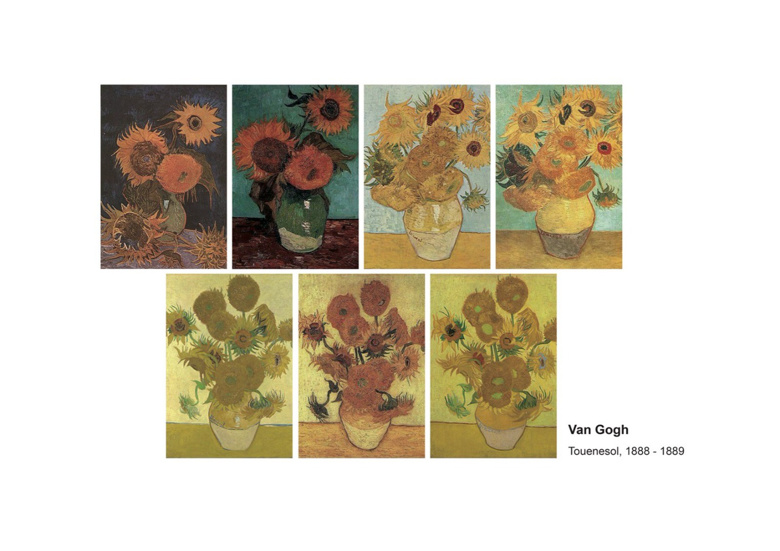
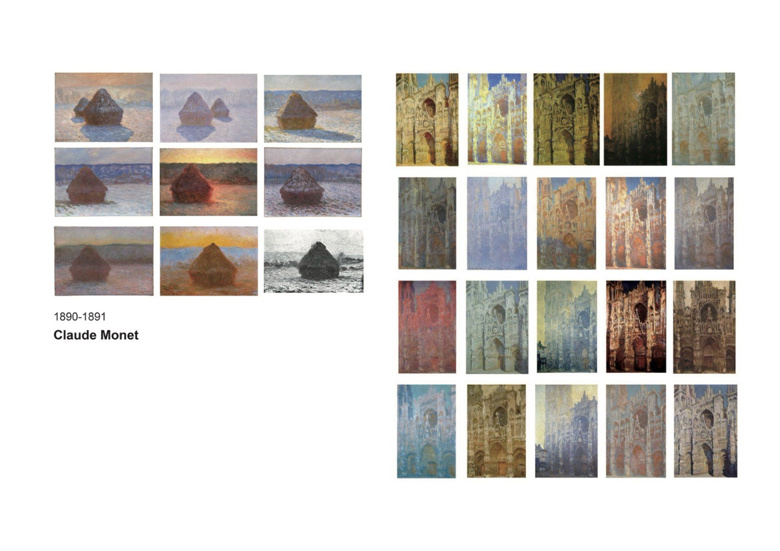
Typology in Photography
From painting to photography, the ways in which people observe and reproduce the visible world have undergone qualitative changes, further giving rise to different forms of expression. Here we select some examples for illustration.Photography, as a new emerging visual art form, not only played an important role in propagation and recording, but also promoted the development of visual art, providing references and inspiration for contemporary AI aesthetics. There are many important cases in the history of photography that are closely related to AI aesthetics, which can be considered an embryonic form of AI aesthetics.
First, the photographs of water towers taken by Bernd and Hilla Becher couple are a practice of typology in photography, aiming to explore diversity and subtle differences through repeated photography of the same subject. This typological photography method inspired AI aesthetics techniques such as image analysis and processing, such as image classification, object detection, and semantic segmentation, helping AI systems extract specific information and patterns from a large amount of image data.
Second, the typological photography of the Dusseldorf School also provided important references for AI aesthetics. The school emphasized that photography should focus on the forms and structures of the objective world, reject any sensory and subjective
interference, and achieve a calm and objective visual effect. This focus and analysis of form and structure is closely related to AI aesthetics techniques such as style transfer and image generation, which are also based on the analysis and transformation of
image form and structure.
In addition, Jeff Wall and Bill Viola reinterpreting famous paintings, also provided inspiration for the development of AI aesthetics. Their works aimed to reinterpret and re-present classical paintings through photography and video techniques to explore new forms of visual art expression. This practice of re-photographing and representing also inspired AI aesthetics techniques such as generative adversarial networks and super-resolution, which can generate new images by training models on a large amount of image data, while also reconstructing, restoring and enhancing existing images.
In summary, examining cases from the history of photography, it can be seen that they are closely related to contemporary AI aesthetics, because they both focus on analyzing, re-expressing and re-presenting forms and structures, which is precisely the pursuit of AI aesthetics. Photography practices can therefore be seen as an important historical source and cultural background for AI aesthetics, providing a foundation and inspiration for its development and innovation.
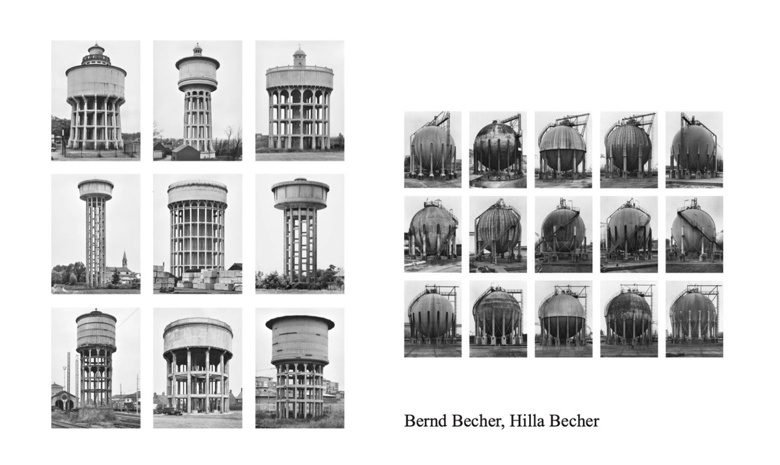
The German Bernd and Hilla Becher couple are influential conceptual photographers and teachers, practicing a typological "photography, photographing without expression" technique, through their own works and more importantly through their students, leading the way for contemporary photography methods, aesthetics, techniques and style trends.
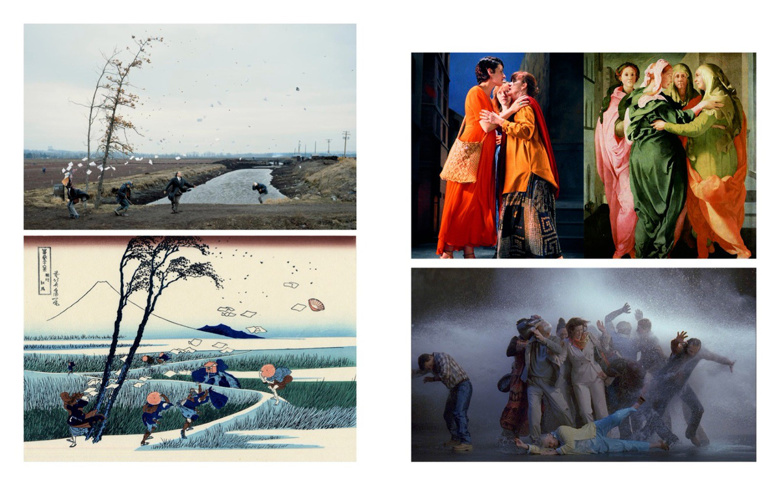
Jeff Wall simulating Katsushika Hokusai (left) Bill Viola exploring Catholic painting forms (right)
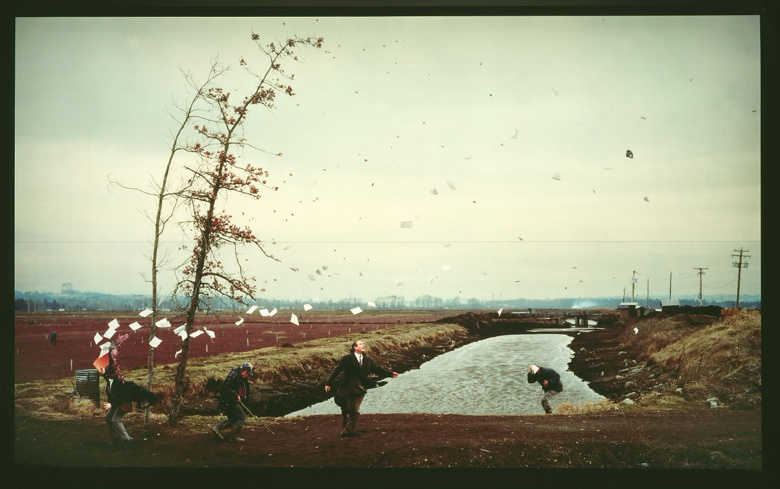
A Sudden Gust of Wind (after Hokusai) is a large colour photograph displayed in a light box. It depicts a flat, open landscape in which four foreground figures are frozen as they respond to a sudden gust of wind. It is based on a woodcut, Travellers Caught in a Sudden breeze at Ejiri (c.1832) from a famous portfolio, The Thirty-six Views of Fuji, by the Japanese painter and printmaker Katsushika Hokusai (1760-1849). Wall photographed actors in a landscape located outside his home town, Vancouver, at times when similar weather conditions prevailed over a period of five months. He then
collaged elements of the photograph digitally in order to achieve the desired composition. The result is a tableau which appears staged in the manner of a classical painting. As in Hokusai’s original, two men clutch their hats to their heads while a third stares up into the sky, where his trilby is being carried away by the wind. On the left, a woman’s body is halted in a state of shock, her head concealed by her scarf which has been blown around her face.
A sheaf of papers in her hand has been dispersed by the gust and their trajectory, over the centre of the image, creates a sense of dynamic movement. Two narrow trees, also in the foreground, bend in the force of the wind, releasing dead leaves which mingle with the floating papers. In Hokusai’s image the landscape is a curving path through a reed-filled area next to a lake, leading towards Mount Fuji in the far distance. In Wall’s version, flat brown fields abut onto a canal. Small shacks, a row of telegraph poles and concrete pillars and piping evoke industrial farming. The unromantic nature of the landscape is reinforced by a small structure made of corrugated iron in the foreground. The pathway on which the figures stand is a dirt track extending along the front of the photograph from one side to the other. There is no sense of connection between the characters, whose position in the landscape appears incongruous. Two wear smart city clothes, adding to the sense of displacement.
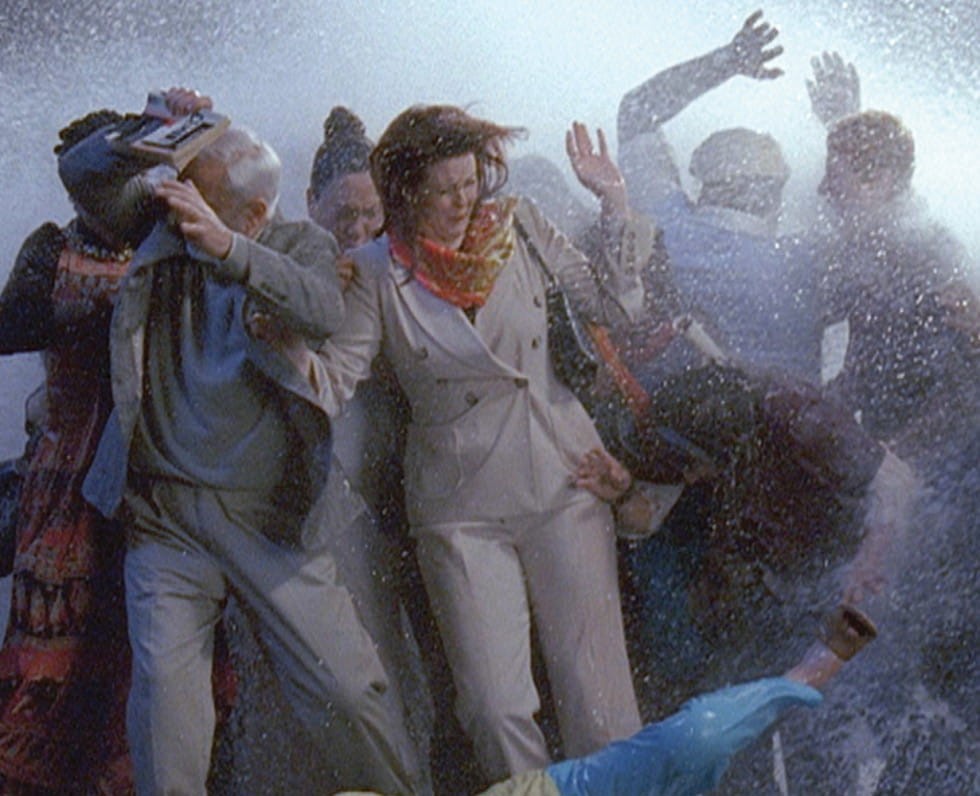
Bill Viola The Raft
In Bill Viola's video work The Raft, motionless crowds patiently waiting were suddenly attacked by a strong rushing water flow. Under high-speed photography, people's expressions and actions were precisely recorded. This part of the visual experience
inevitably recalls Théodore Géricault's landmark Romantic painting The Raft of the Medusa (1818-19).
In addition, the sense of form of the horizontally standing crowd also recalls the entablature of classical buildings in ancient Greece and Rome.
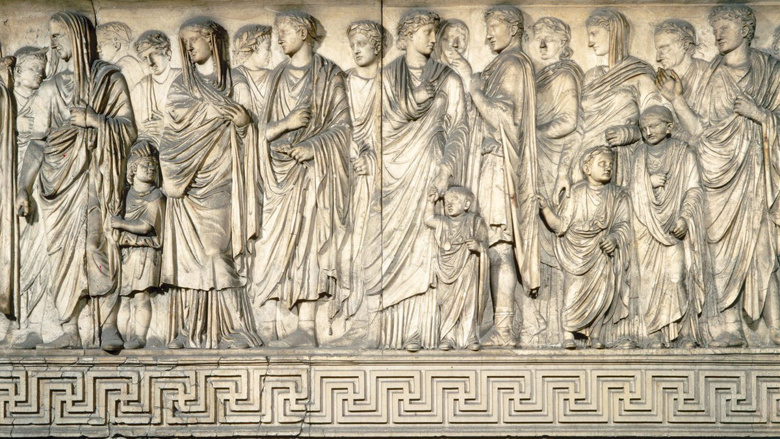
frieze in greek architecture
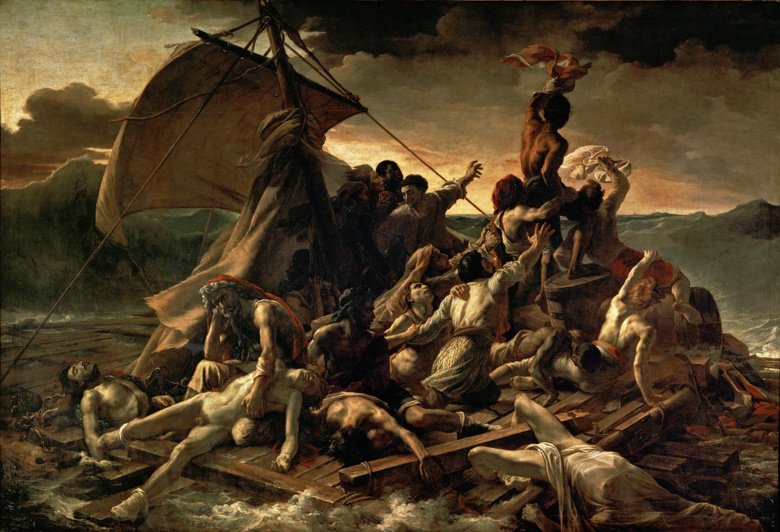
Théodore Géricault The Raft of the Medusa
Shakespeare's Hamlet, the drowning of Ophelia is a classic theme in both painting and photographic works, after Millais' masterpiece 'Ophelia', many photographic works in form and substance have 'copied' this painting
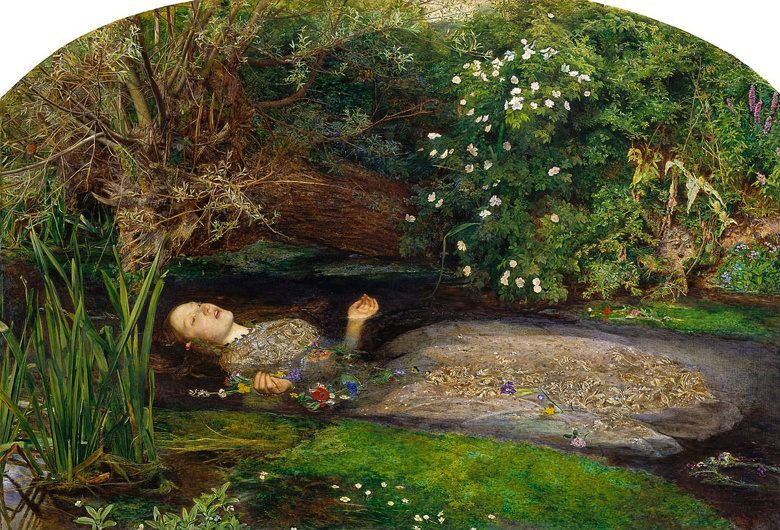
John Everett Millais' masterpiece 'Ophelia'
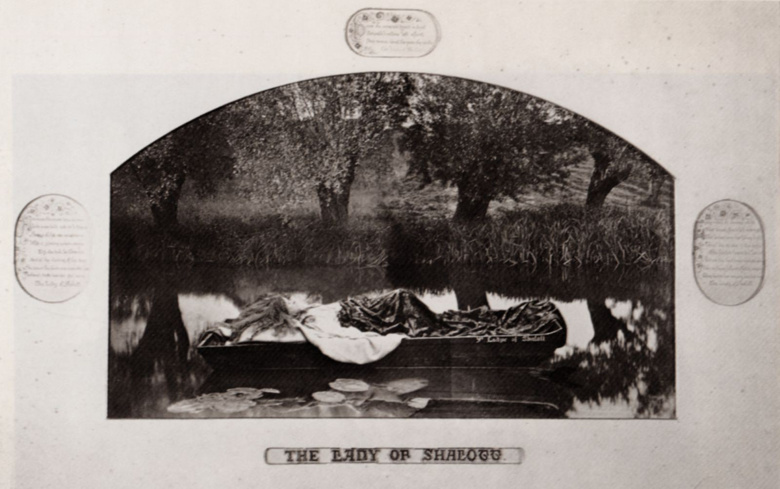
Henry Peach Robinson's photography 'Lady's Chancellor
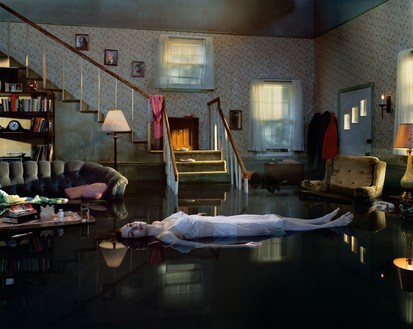
Gregory Crewdson's photography 'Untitled'
To be continued


